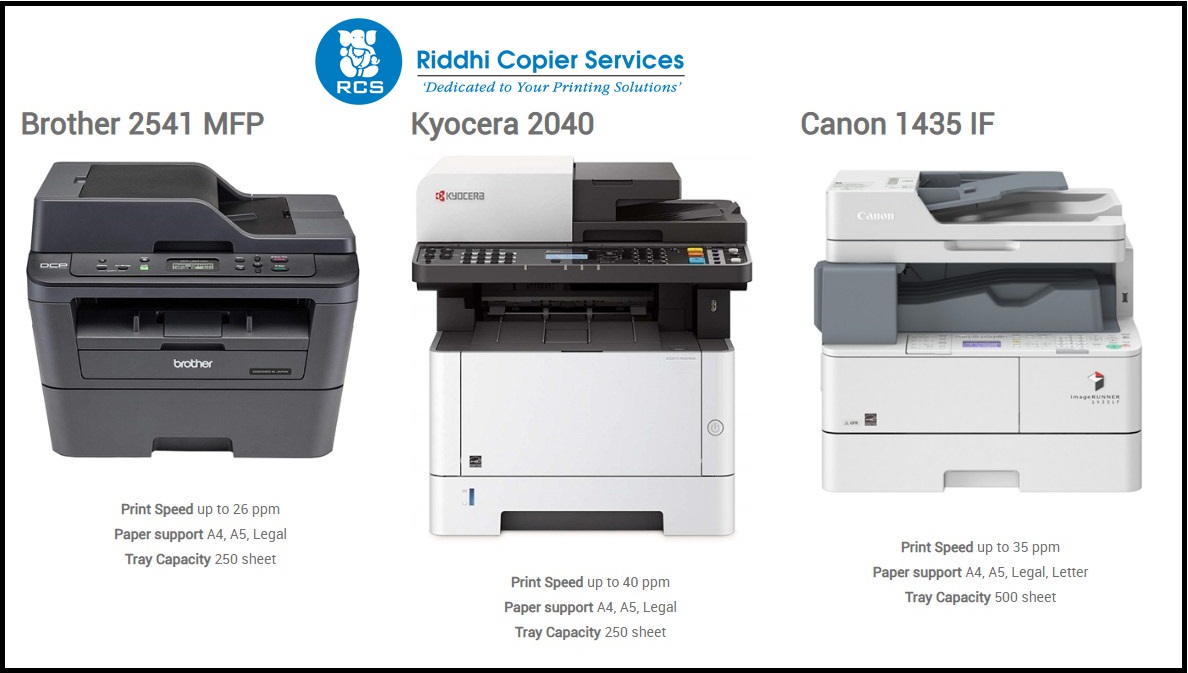Even though the thought of sitting in a dentist’s chair makes some people apprehensive, the potential costs also drive a lot away. If you have dental insurance through your employer – or you can afford to buy it yourself – you want to choose a plan that covers the dental care you and your family need now and in the future.
According to the American Dental Association, the cost of a dentist is a barrier for many consumers to care for – more so than it is for medical care, prescriptions, mental health care, or vision care.
But on the plus side, dental costs are rather easier to predict (and smaller) than the wide range of medical bills that any of us could experience at any given time. Some dental care will still be an out-of-the-blue emergency, such as breaking a tooth. However, less obvious dental needs can often be predicted (or avoided!) Regular, routine cleaning and checkups that include diagnostic x-rays to assess the overall condition of your teeth, gums, and jaws.
Other needs to consider are whether you or a family member require more extensive dental care, such as braces or other orthodontics, dentures, dental implants, crowns, or bridges. While most dental insurance plans cover at least some of the cost of these more expensive treatments, the patient will also be hooked for a significant amount. On the other hand, many dental implants cover the lion’s share of the cost of more routine care, such as exams, cleaning, and fillings.
What is included in a dental plan?
Different types of service are included (in varying degrees) in typical dental plans:
- Routine and preventive care: These include periodic checkups, cleanings, x-rays, and fillings; Fluoride and sealant applications to prevent cavities; and various types of oral surgery, gum care (also called periodontics), and root canals.
- Emergency care: This includes cracked or broken teeth repair or extraction and treatment after an accident with the mouth and teeth.
- Complex care: This includes orthodontics, dentures, or bridges. Many dental plans cover about half the cost of these types of procedures.
Types of Dental Plans: Indemnity, Managed Care, and Discount
Freedom of choice dental plans, also known as dental benefit plans, offer the highest level of flexibility as they do not have provider networks. The member is free to use any dentist, and the plan is reimbursed based on his free plan. But that does not mean that the plan covers the full cost; the member is responsible for paying the difference between what the dentist charges and what the plan pays, and some dental compensation plans have very low coverage limits.
Since there is no provider network contract with an indemnity plan, dentists are not required to write off a portion of their bill – they can collect the full amount, including the consumer for the full costs that are left over after the insurance plan pays the amount prepared for that pay special service. [This is in contrast to what most Americans are accustomed to when it comes to their health insurance: Because most health insurance plans are managed care plans with delayed in-network providers, most of us are accustomed to an EOB for medical care that shows the amount that charged by the provider, the amount written off under the terms of the insurance network contract, and then how the patient and / or the
But many dental plans are managed care plans that require patients to choose from a pre-approved list of dentists and a network of providers who have agreed to reduce their fees. These plans can be dental PPOs or dental HMOs, and the rules are quite similar to medical PPOs and HMOs, with the latter usually not covered if the member receives care from a dentist who is not a provider of the plan.
Because dental HMOs tend to be more restrictive and do not cover outside network support, their premiums also tend to be lower than dental PPO premiums when coverage amounts are similar. But you can get a dental HMO that is more expensive than a dental PPO if the HMO offers higher coverage and has a larger benefit limit. Dental indemnity plans tend to have the highest premium for comparable amount of coverage because they offer the member the most flexibility and what kind of dentists they can use. However, you will often find that the available dental compensation plans have lower coverage amounts that compensate for the flexibility that the plan gives you as far as a dentist is concerned.
There are also dental discount plans that are not actually insurance. These plans offer a discount if you look at dentists who have agreed to be part of the discount plan network, but the plan itself pays nothing against the cost of your care – you pay for your own treatment, but at a reduced rate. Dental discount plans tend to be less expensive than dental insurance, and they usually have no waiting periods before you can get discounts (Dental insurance plans often have waiting periods before benefits take effect, especially for high cost dental care).
The Affordable Care Act and Dental Insurance
From 2014 onwards, the Affordable Care Act began requiring all new individual and small group health plans to cover ten essential health benefits. One of these benefits is pediatric dental care. But the rules for pediatric dental coverage are not the same as the rules for other essential health benefits. If you buy health insurance in exchange in your state, it may include pediatric dental coverage. As long as there is at least one stand-alone pediatric dental plan to buy, insurers are not obligated to incorporate pediatric dental coverage into the medical plans they sell – unless a state requires it, and some do.
When you buy a stand-alone pediatric dental plan, there are total out-of-pocket costs for pediatric dental care. For 2021, as was the case in 2020, out-of-pocket expenses under a stand-alone pediatric dental plan should not exceed $ 350 for a child, or $ 700 for a family plan that covers more than one child.
This limit on out-of-pocket costs for stand-alone pediatric dentistry is in contrast to most adult dentistry, which has overall benefits instead. In other words, most adult dental plans limit how much the plan will pay for your care (usually in the range of $ 1,000 to $ 2,000 per year), while ACA requires pediatric dental plans to limit how much a member has to pay and its costs , and there is no limit to how much the insurance plan must pay.
If you purchase a medical plan that includes built-in pediatric dental coverage, the plan can be designed so that pediatric dental costs count toward the overall reducible plan and out-of-pocket limit (which can not exceed $ 8,550 for a single person by 2021). Total out-of-pocket is still covered, but if a child only needs dental care during the year, the cost to the family out of pocket could be higher than they would have been with a separate dental plan because of the total deductible in the health plan rather is higher.
Dental plans and costs
If you get your dental insurance through your employer, you may only have one plan option available. But a larger employer can offer you a choice of plans, and when you buy your own dental insurance, you can choose from any plan in your area.
So how do you choose? The three biggest factors are possibly what kind of dentist you see, the amount you have to pay in monthly premiums, and the amount of out-of-pocket expenses you feel comfortable handling.
As described above, some plans let you see all the dentists, others limit you to dentists in a particular network. But while a plan that lets you see a dentist initially sounds good, it may not be the best choice if it has lower reimbursement rates or a lower benefit limit.
But it is important to understand that if you buy your own dental insurance – as opposed to your employer’s coverage – you will probably have a waiting period of six months or a year before you have coverage for services that go beyond basic cleaning, x-rays and fillings. . So you will not be able to go out and buy a self-purchased dental plan that covers the crown you hope to get next month.





